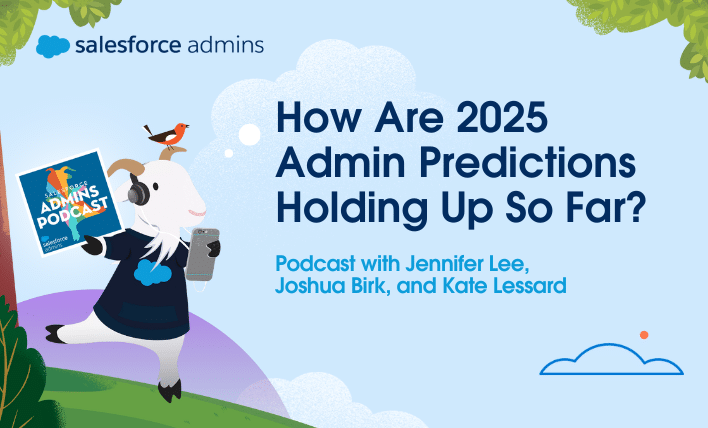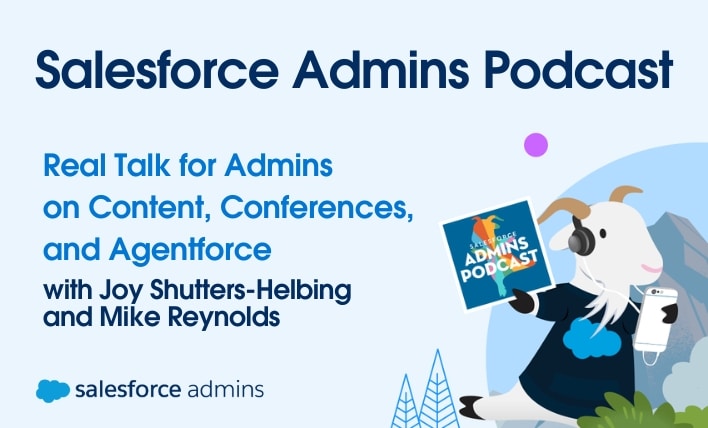Today on the Salesforce Admins Podcast, we talk to Ketan Karkhanis, EVP and GM of Sales Cloud at Salesforce. Join us for a replay of this episode about all of the new Sales Cloud features that have gone live recently and how you can use them to transform your organization. You should subscribe for the […]






